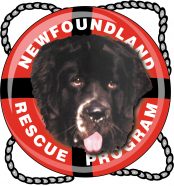Grooming
Practice makes perfect... remember, the fur will grow back!
What you need:
- shampoo
- conditioner
- dry towels
- blower-dryer
- grooming table
- cotton-wool for cleaning ears
- nails cutter
- metal comb
- pin-brush, soft
- straight scissors
- thinning scissors (with one blade with cutting teeth) n°46
- dematting comb (we will use it for another purpose)
Before grooming dog MUST be bathed, thoroughly dried and combed.
The best home-made ear solution I have used on my Newfs since the '90s...
Blue Power Ear Treatment
(don't ask me why it's called Blue when it's actually Purple)
Bathing:
Show dogs must be bathed a day before every show and in period between shows any 15-20 days black and bronze dogs and any 10-15 days black&white dogs. Frequently bathing take away oil from coat, so cosmetics we use must be of especially good quality. Prepare diluted in water shampoo and conditioner, dry towels. Put dog to the bath and wet him thoroughly with warm (!!!) water. After put diluted shampoo and massage it into the coat. Put it on the muzzle too, between eyes and under the ears. Be vigilant around these part of body! Next rinse all shampoo thoroughly, rinse Twice to be sure!. If coat is very dirty you can repeat operation. After this apply conditioner, wait some minutes and rinse. If you show your dog day after rinse all conditioner, if not you can leave a bit on the coat.
Wait when most part of water goes away and dry dog with towels and put Newf on the grooming table.
Drying:
Use a blower-dryer to dry the coat of your Newfie. It's powerful and blows cold air. Start to blow out all water from the coat, be careful around eyes, nose and ears. Next start to dry (always downwards the coat). At first back (upper part of the neck, back and croup). If your dog has a bit of a waving coat you can brush and dry coat, but be careful and don't scratch the skin. Next lower part of the neck and left flank, after this; belly, right flank, forequarters, backquarters and tail. Coat between toes dry upwards. Lastly dry coat on the head (upwards coat on the cranium). When dog is completely dry you can start to brush and comb.
Brushing and combing:
Start with brushing of all coat and next comb it thoroughly. You don't want ANY matting. Start combing from down parts of the hindquarters lift the hair upwards with one hand, and comb the hair below your hand down to the skin proceed in direction of the tail. Next the second leg, between legs (carefully!) and tail from tip to tail set. Next back from croup to the neck and flanks from belly to back. Remember to comb accurately under armpit. Later forequarters, neck, under and behind ears and head. Now cut the nails and clean the ears.
Grooming:
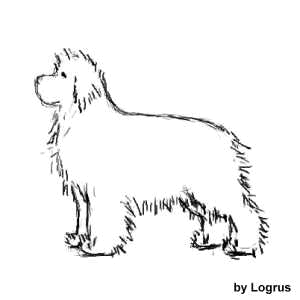
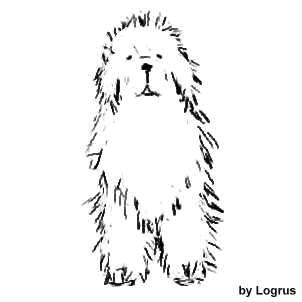
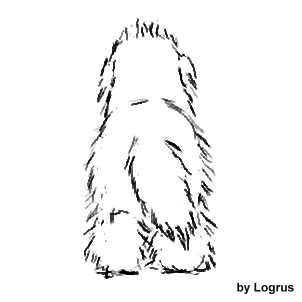
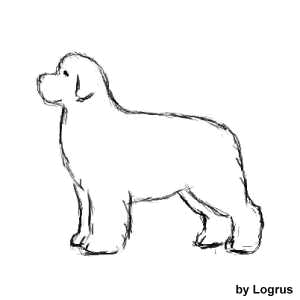
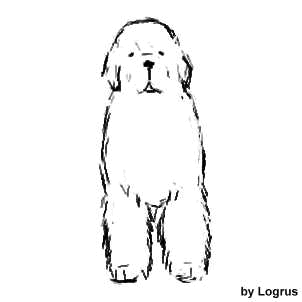
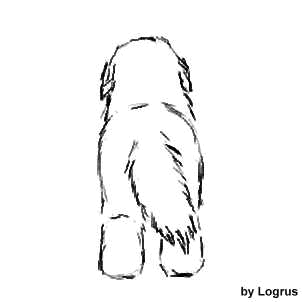
You can start to groom your dog when is completely dry, next day is perfect for example. If it will be your first time, don't do it before show. Wrong groomed coat need a few time to grow. Rule the n° 1 - better to cut less, than to much! Good quality scissors are very important. Remember to comb accurately coat before grooming
Newfoundland, must have medium length of coat, without over-long and wispy bits of hairs. Groomed dog MUST still have natural appearance, be careful and don't do visible tracks of cuts!
Paws
Start from paws of forequarters. First under the paw, cut hair that grows between the pads.
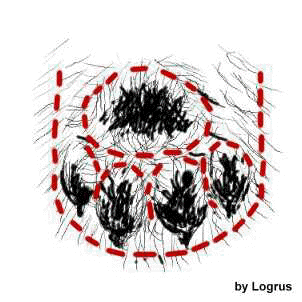
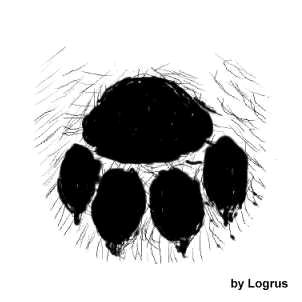
Lift the hair between the toes combing upwards and cut using straight scissors doing nice round foot, but don't cut to much. Nails don't be visible. However if you cut here too much - don't worry, hairs grow quickly on the feet. On the rear part of foot hairs must touch the ground and with gentle curve to pass upward.
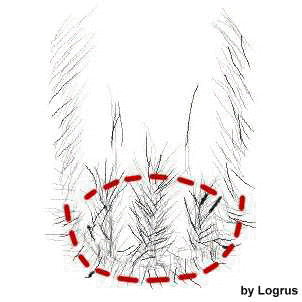
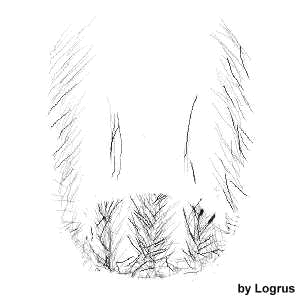
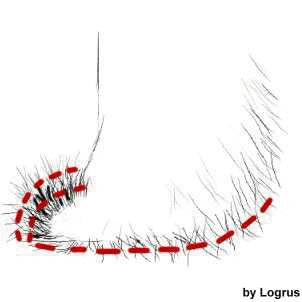
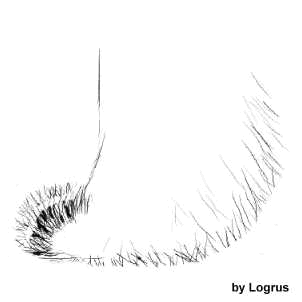
Cut in the same manner hairs on the feet of hindquarters.
Change scissors to thinning and from now use only them and the comb. Cut only in direction of hairs, never upwards - comb the hairs in the part you working and cut, comb and cut. In this way cut coat on the whole body of your dog.
Forequarters
At first slightly equalize feathering. First on the back part of leg, next outside and inside. Inside cut more if dog has narrow chest, but don't exaggerate!
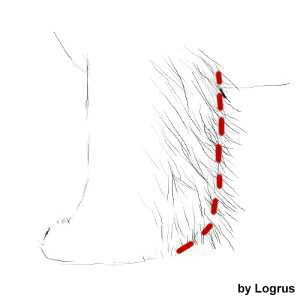
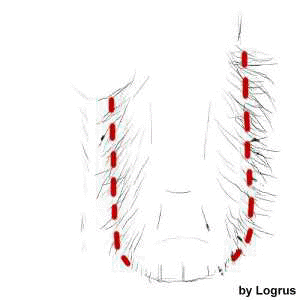
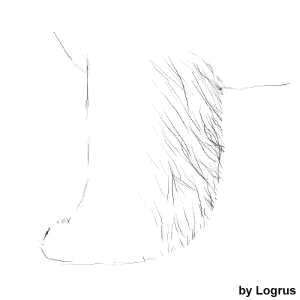
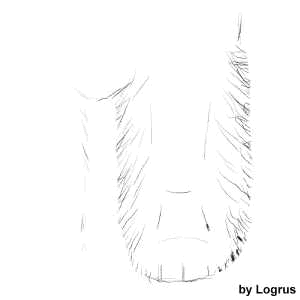
Front leg must be ideal prolong of shoulder and upper arm. No over-long hairs - especially on the elbows! Trim all undesirable tips of hair on the shoulders and upper arms, too, to make "clean" lines.
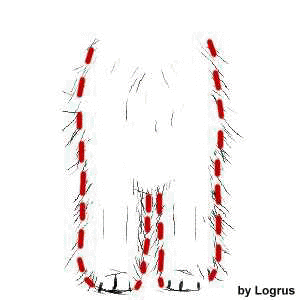
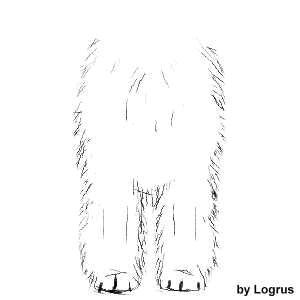
Hindquarters
Same rule like with forelegs, look from behind and trim hairs downward from croup to feet. Inside cut more if dog moves close behind, less if moves right.
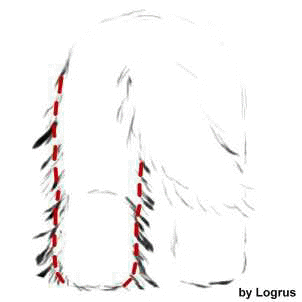
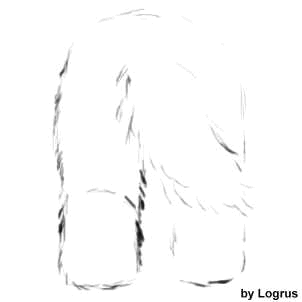
Looking from the side evidence angulations, cutting excess hairs under knee and hock. Because Newfoundland must have short heels trim hairs starting from the hocks downward in angle of 45°, and lower part vertically to the ground (look picture below).
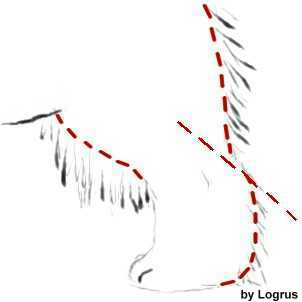
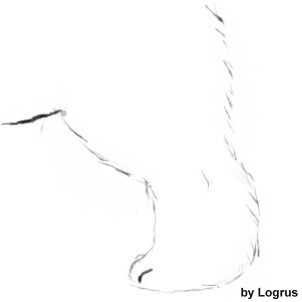
Chest
Hairs on the chest grow often to long and need to be quite a lot trimmed. Especially on the throat trim accurately. If hairs below breast-bone are very long it makes illusion of short forelegs, so trim too long hairs making soft curve. Trim excess of coat on the sides downward from ears to the breast, too.
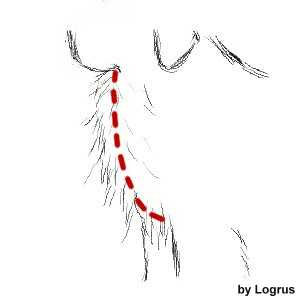
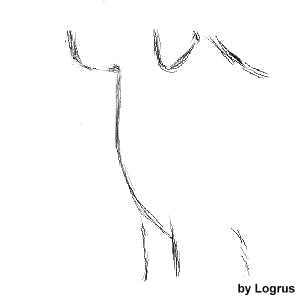
Underline
Start from the back going to front, first left flank, next right flank. Trim hairs on the belly and breast starting from hindquarters until armpit. Don't cut to much making impression of too long legs or too less (short legs).
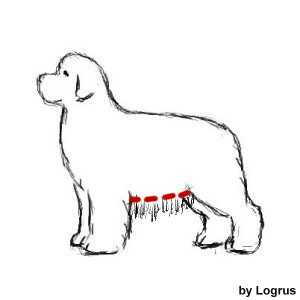
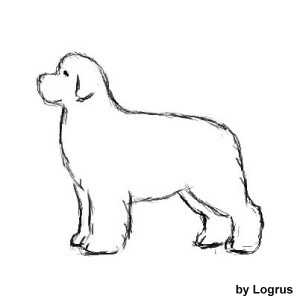
Take up foreleg and trim under armpit connecting line of chest with underline. Repeat it with second foreleg.
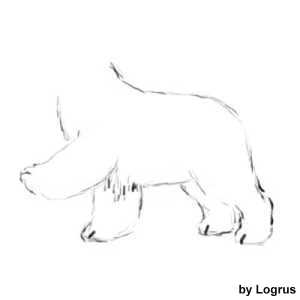
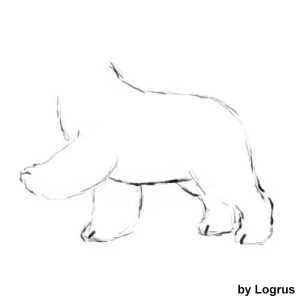
Now imagine body of your dog in breadth section. Shape of underline must be rounded to flanks, is insufficient to trim only underline.
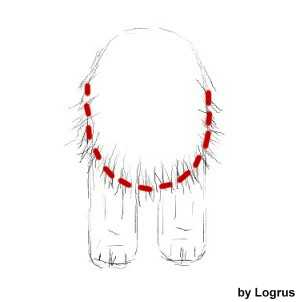
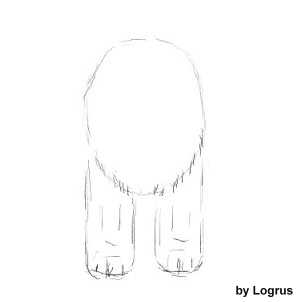
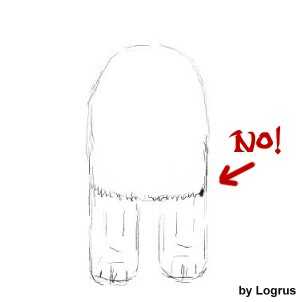
Trim more behind armpits, if you will not do it in movement here will be visible over-long hair.
Topline
Sometimes it doesn't need any corrections and sometimes hairs on the neck and croup is very thick so it seems dog has mane and is to high in the croup. Here don't use scissors but dematting comb to eliminate excess of undercoat.
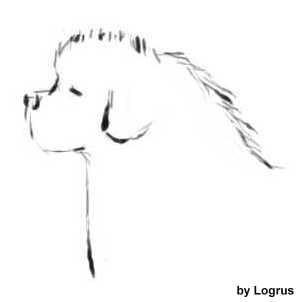
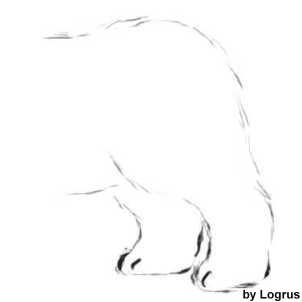
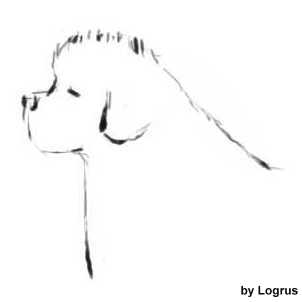
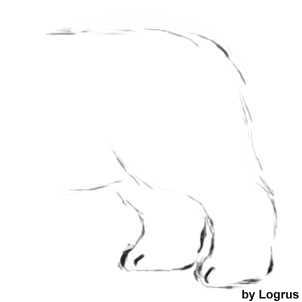
Tail
Trimming a tail is not always necessary , only if it has form of flag.
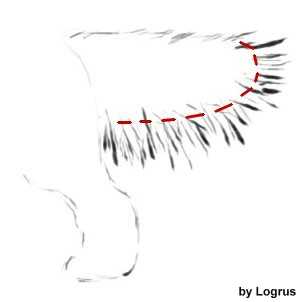
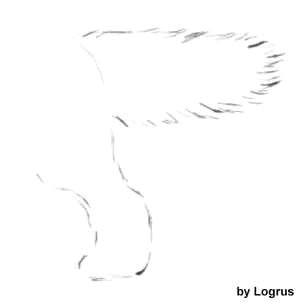
Head
Start from the ears. Trim hairs until they don't project past the edge of ear combing always downward. Tip of the ears must be rounded not pointed.
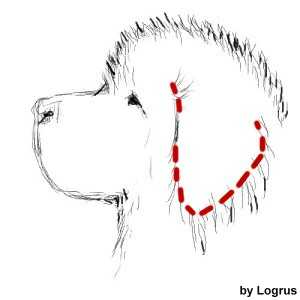
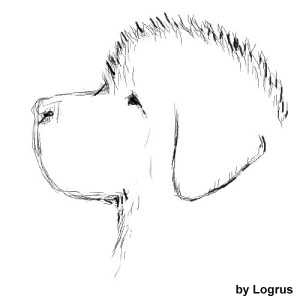
Now under the ear. Trim all greasy hair grows under the ear, trim hair grows on the cheek and where ear is settled.
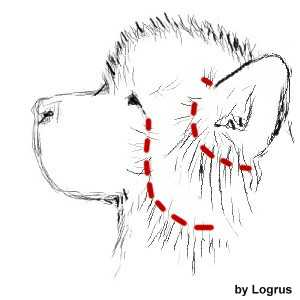
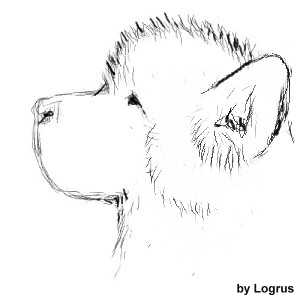
Often behind of ears grows soft over-long hair that damage shape of head. Trim it downward from earset.
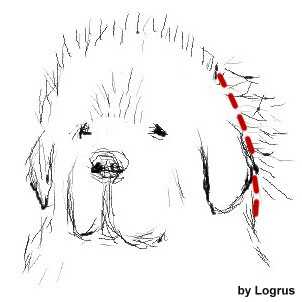
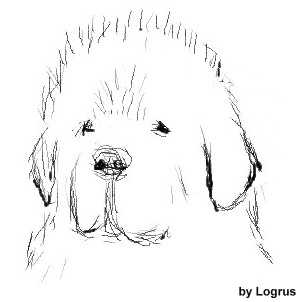
Now hair on the cranium. Comb it upward and trim to obtain rounded shape.
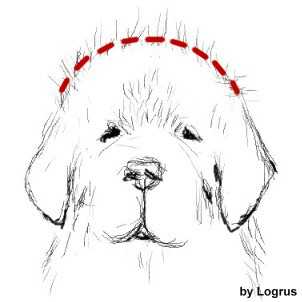
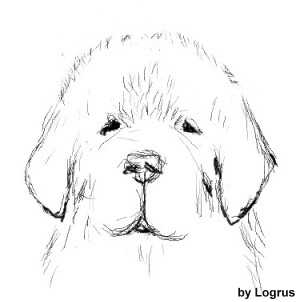
Stand the dog on the ground and ask somebody to show it in the movement. You at once will see all parts that may need corrections.
A very special Thank You to Iwonna Salak of Logrus for this information on grooming!
